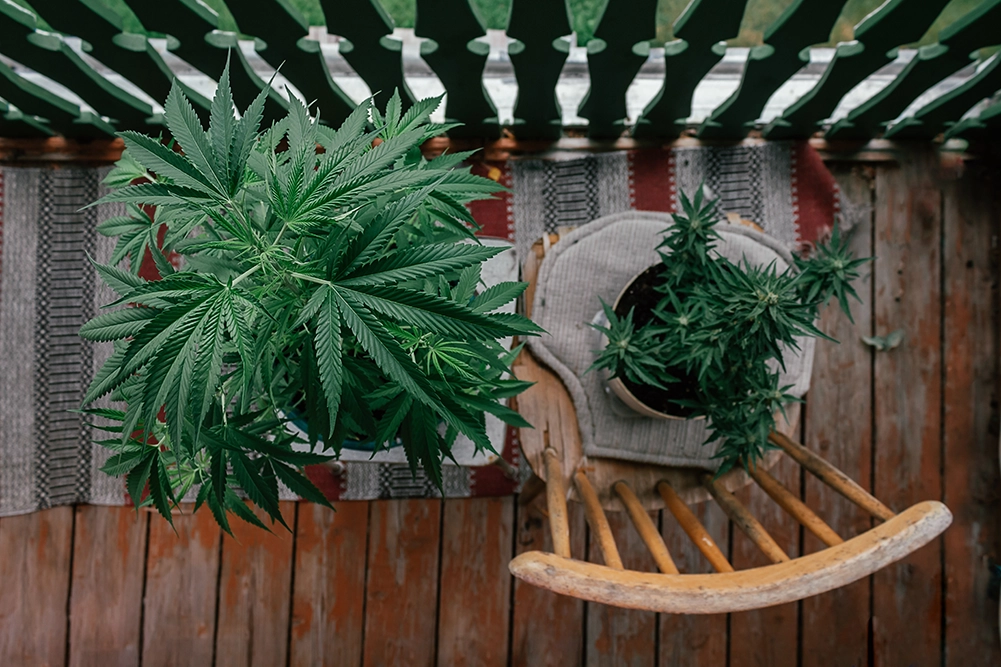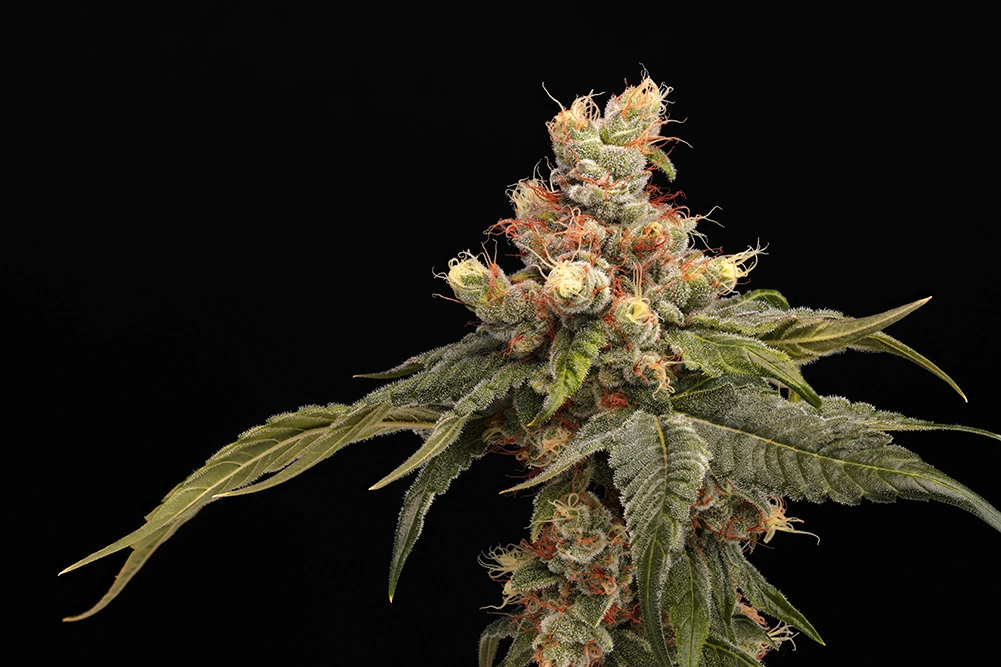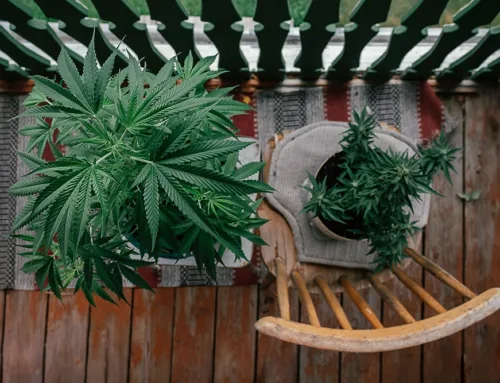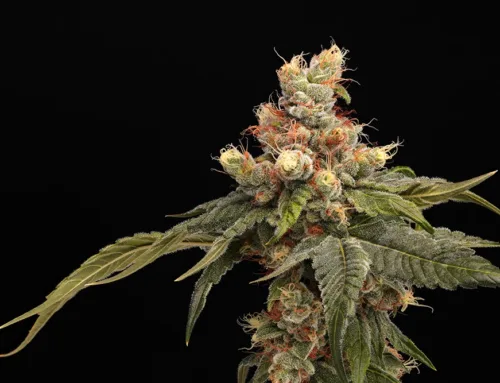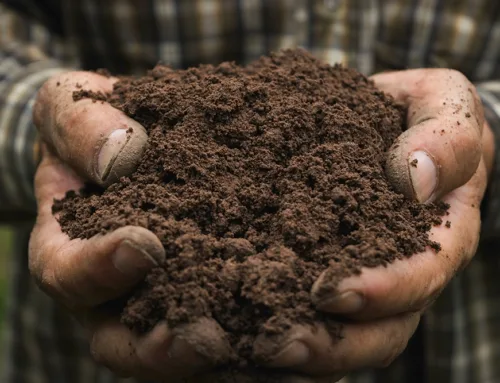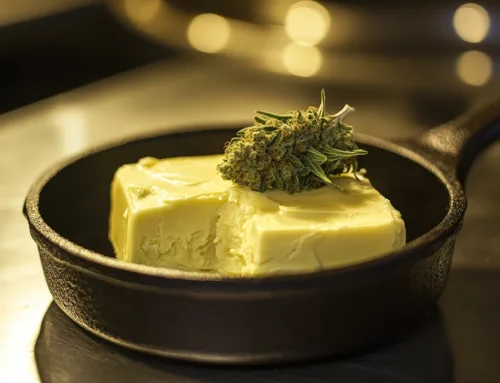How to Use Marijuana in 2024
How to Use Marijuana in 2024
When it comes to consumption, there are few products as versatile as cannabis. From inhaling smoke or dabbing concentrates to slapping on wellness patches or chowing down on some infused sweet treats, you can get as creative as you like when choosing your own cannabis adventure—it just depends on your personal preference and desired outcome.
Knowing how to use weed is one of the first and most important details you’ll want to hone in on as a new consumer, especially considering the plant can have wildly different effects depending on how it’s enjoyed. You might stick to one tried-and-true consumption method, or you might be the more curious consumer who enjoys experimenting.
Before delving into the multitude of different consumption methods, you should ask yourself the following questions: What sort of benefits are you on the hunt for? Do you have any hard no’s, like a total aversion to smoking or a fear of hard-to-predict edible intensity? Are you interested in specific cannabinoids, or a more full spectrum entourage effect?
Whatever your approach, we promise there is a perfect fit for you.
4 different ways to smoke weed
It’s undeniably the most widely recognized and popular consumption method within the cannabis community, but why do people smoke weed?
There are quite a few reasons so many consumers opt for the smoking experience. Smoking marijuana is easier to dose and it features the quickest onset time of all consumption methods.
Let’s discuss four of the most popular ways to smoke (or vape) weed—using the term “smoke” loosely enough for us to include concentrates and dry herb vaporizers.
Smoking
When it comes to knowing how to consume cannabis, most minds immediately go to smoking. Whether you’re using a water pipe, a one hitter, or smoking a blunt, there are plenty of smoking devices on the market to choose from—and knowing how to inhale weed is an art in itself.
Inhaling cannabis in smoke form is ritualistic, community-centric, and nostalgic, particularly for OG consumers who’ve been most accustomed to glass pipes and rolling papers. However, although it’s still preferred by many, others opt to stay far away from smokable cannabis products due to the health risks they pose.
No, inhaling the smoke of cannabis isn’t nearly as unhealthy as that of tobacco, but it can still increase the risk of developing respiratory issues down the line. It’s something to keep in mind when deciding how to use marijuana, even in small amounts—especially if you’re particularly susceptible to lung irritation or breathing issues.
Vaporizing
Another popular way to consume cannabis flower, moon rocks, or kief is to dry herb vaporize it, an increasingly popular method that heats the weed to just below the point of combustion. Smaller, easier to conceal, and way less stinky than smoking, vaporizing is a popular choice for consumers who like to inhale their product but don’t really want anyone to know about it.
With dry herb vapes, you’ll be feeling the effects of the flower in a much gentler manner; the onset is smooth and clear, and the heating process it utilizes is designed for consumers to have as full-spectrum of an experience as possible—particularly from the perspective of terpene and cannabinoid profiles.
Dabbing
Cannabis users who prefer cannabis concentrates to flower might also prefer dabbing it: a.k.a., inhaling cannabis extract in vapor form for a clean, smooth, incredibly potent high. This one is largely for users with a lot of experience and a higher tolerance.
Dabbing works like this: a glass pipe or gravity bong is heated with a blow torch, creating an immediate vapor with a high concentration of plant compounds to be inhaled. Keep in mind that a dab can have as much as 90 percent THC; if the thought of that causes your life to flash before your eyes, stick to one of the gentler consumption methods. We don’t recommend starting your cannabis journey here.
Vaping
Why not try vaping instead? Vape pens are another way to consume cannabis concentrates, without the intimidation factor that often goes hand in hand with a hot dab rig.
Today’s market offers a wide variety of pens to choose from depending on what you’re looking for: disposable all-in-ones, chargeable and reusable stoner stash staples, and thousands of cartridges featuring several strains and varying levels of cannabinoid content.
3 best ways to eat pot
For every consumer who likes to smoke or dab their weed, there’s someone happily nibbling on an infused brownie, an artisanal chocolate bar, or a cookie.
The ingestible route comes with tons of pros when it comes to knowing how to get high without smoking. It’s much more discreet than smoking or vaping, and a simpler way to know exactly how much THC you’re consuming.
Of course, potential drawbacks for edible consumption mainly center around dosing. The onset time for edibles can take anywhere between 20 minutes to two hours, and as a result, a lot of consumers overindulge because they aren’t feeling the effects as quickly as they would with a joint or pipe hit.
Because of this, we recommend starting low and slow with edibles: practice patience when it comes to feeling the effects kick in, and don’t increase your dosage unless you feel totally confident that you’ll be able to handle it.
Food
Much of the cannabis edible market is made up of food products, including everything from your standard pot brownies and hard candies to savory snacks or ten-course meals that are as worthy of an Emerald Cup as they are a Michelin star.
The standard legacy-era, loud-as-hell pot brownie walked so today’s sophisticated edible makers could run—with decadent butter cakes, salty potato chips, pimped out pizza pies, and infused pairing dinners that allow you to learn more about the plant and its benefits as you scarf it down with fresh, high-quality ingredients.
Drink
While cannabis-infused foods remain popular and prevalent among consumers with ingestible tendencies, drinks have claimed the throne in the past few years. If chewing on an infused cookie is convenient, tossing back an infused seltzer is even more so; it’s increasingly discreet, low calorie, and tends to have a slightly quicker onset for consumers with less patience.
Infused drinks are similarly easy to dose, and also come in CBD-only options for anyone who doesn’t want to experience a serious head change from sipping. And if you’re interested in accessing as much of the plant’s benefits as possible with none of the high, you can even raw juice the plant at home. This allows you to consume weed in edible form while enjoying all of the plant’s compounds and none of the high.
Tinctures
Cannabis tinctures are another great way to ingest the plant without having to smoke or eat a bunch of unnecessary calories. Concentrated extracts that are created by soaking cannabis flower and/or leaves in a solvent, tinctures allow consumers to enjoy the plant quickly, easily, and discreetly. You can either apply a drop directly to your tongue or add it to your favorite food or drink. It’s become popular as a mocktail addition in recent years. We’ve even seen tincture bars popping up at weddings across California.
Edible Dosing Chart
Remember: the sketchiest thing about edible consumption is not knowing exactly how much THC you’re taking in at a time. Avoid the confusion—and the several hours of feeling way too high—by utilizing the following dosage chart when it’s time to ingest:
| Milligrams | Effects |
|---|---|
| 1-2.5mg THC | This is the “microdose” of cannabis: enough to feel some slight psychoactive effects while still being able to function as usual throughout your daily routine. |
| 3-5mg THC | If you’re newer to edibles but looking for manageable psychoactive effects, 3-5mg of THC will be your sweet spot. You’ll get to experience cannabis without feeling overwhelmed by the sensations. |
| 5-20mg THC | This is a pretty standard dose, especially for a regular consumer. Remember: the more often you consume, the higher your tolerance rate. If you’re consuming once a week, 5-10mg might be ideal, while daily dosers might opt for around 15-20mg. |
| 20-40mg THC | This should be a pretty intense high, no matter your tolerance level. You’ll experience the full effects of the plant, and likely catch a nice body buzz and night’s sleep. |
| 40mg THC+ | You’ll want to avoid this range, unless you’re a super high-tolerance consumer or a prescribed patient. Many consumers experience negative side effects of marijuana at that last for hours when they ingest this much THC at a time, so definitely proceed with caution if you’re considering veering into this range. |
Topicals
Last but not least, there are topical versions of cannabis for consumers experiencing physical pain—or who just don’t want to eat or smoke a gram of weed. When applied, the plant’s compounds will interact with your body without getting you high, perfect for someone trying to address inflammation, physical pain or general discomfort. Topicals have become increasingly popular with athletes as part of a wellness routine that supports recovery and with seniors struggling with arthritis pain.



